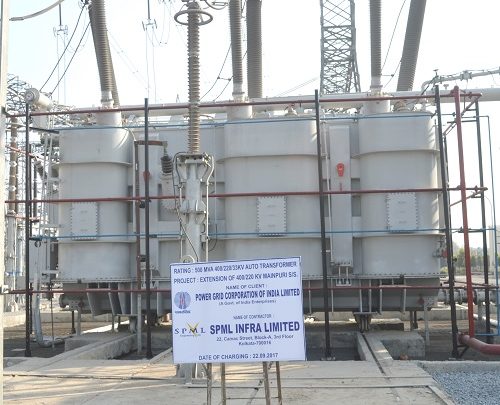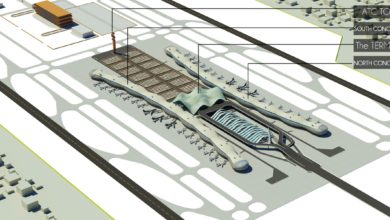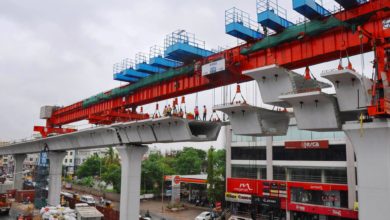
Share with us your views on the roadmap or the outline, which followed in the recent year of 2018-2019 period, for the infrastructure and construction sector.
Apart from existing infrastructure development projects like smart city, swacch bharat, namami gange, irrigation, roads etc., other large infrastructure and construction projects have been initiated and India now has many firsts to its credit: building skyscrapers of record heights, tunnels of the longest lengths, stadiums with huge seating capacity for hosting international sporting events, rail bridges spanning great lengths for better connectivity between states, large green-field airports for handling ever increasing air travelers, bullet trains, and many more.
Tell us about your recent recognized projects (e.g your core execution strength and expertise in providing best solutions) / views on the current promising trends of the Industry.
In each of its chosen areas, SPML Infra has its stamp on numerous completed and ongoing projects. In the area of sustainable water management, SPML is currently engaged in Phase III of the Saurashtra-Narmada Avtaran Irrigation Project (SAUNI Yojana), the ambitious large water supply and irrigation project envisage to provide drinking water facilities to around 39 million people across 132 towns and 11,456 villages and to irrigate 1.8 million hectare of land in Saurashtra, Kutch and north Gujarat benefiting millions of farmers.
Share with us your promising management ideas and driving strategies which you are using in your projects?
Our vision for growth is driven by operational excellence, regulatory compliance, quality of service, efficient project execution and continuous business process improvements.
Is there something you would like to share with our readers at large, as in discussing your trade principles and economic ambitions for the near future?
The economic growth in urban India has escalated over the recent decades with steady increase in urban population, emergence of new cities and towns, industrial and construction activities that resulted in sizeable contribution to the country’s GDP. There should be a concentrated effort to develop rural infrastructure and promoting micro and small enterprises that will generate employment and will cater to the need of the region with government providing necessary tools and financing mechanism to develop and execute an effective rural infrastructure development strategy. We should recognize the need to sustainable infrastructure development at all levels, integrating economic, social and environmental aspects and recognizing their interlinkages with the overall economic development of the country.
The global economic environment is rapidly changing with transformation in commercial, trade and industry landscape. The same scenario is prevalent in India where the private sector has become the most important engine of economic growth. Private enterprises are defining the new rules of engagement with contemporary challenges and new opportunities. In this new environment, private organizations need to articulate a pragmatic vision, exercise effective leadership and develop competent business strategies to create synergies in order to enhance their competitive advantage. The business strategy should embrace flexibility, quick response time and a proactive approach to economic opportunities along with innovative skills, competencies and perspectives that is essential for success in the new global economy. The economic heartbeat of the new era requires Indian companies to become the global entrepreneur with an international mindset






